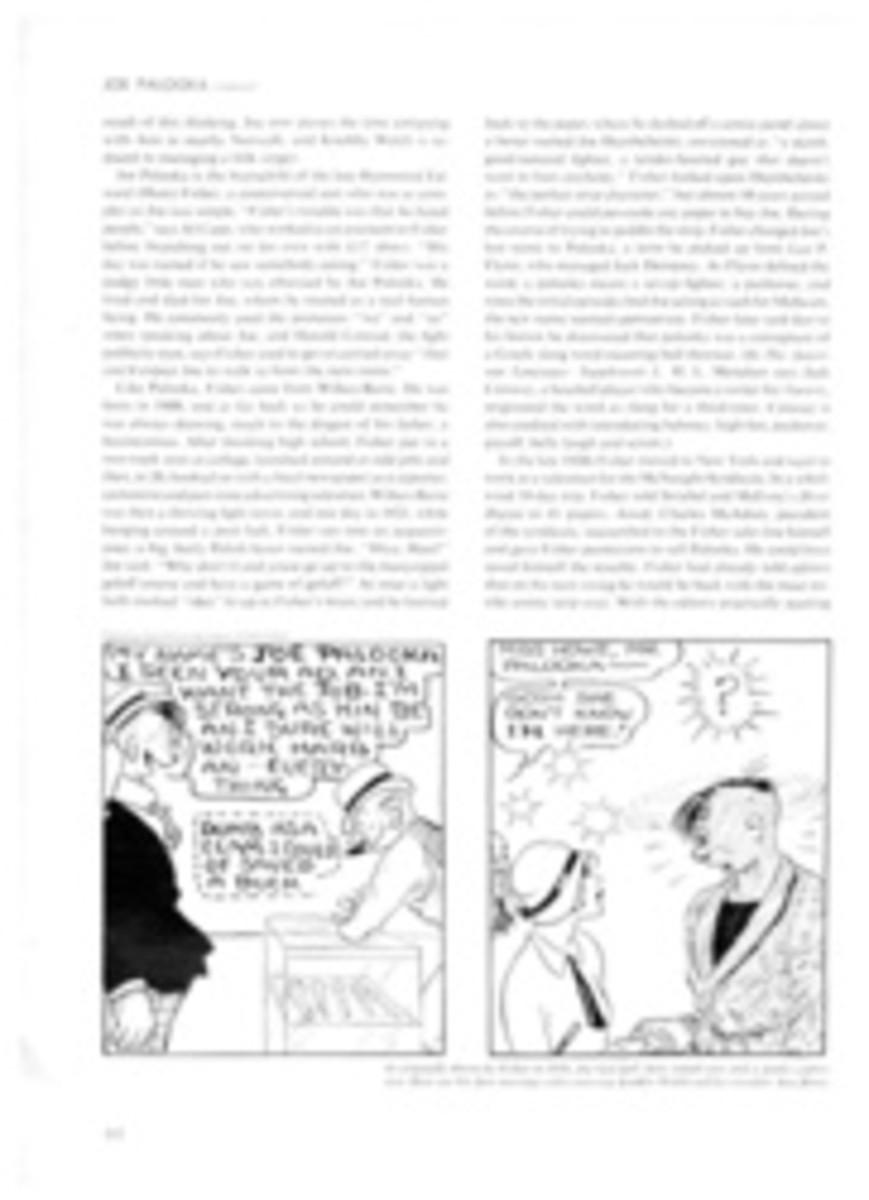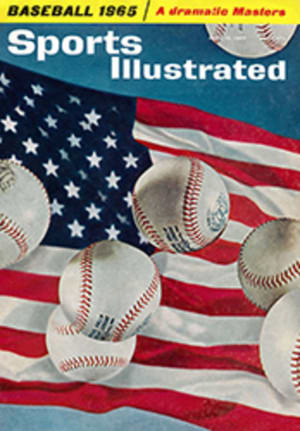
MINNESOTA TWINS
HITTING
Except for the Dodgers, the Twins were by far the most disappointing team in the major leagues last season. Expected to bid seriously for the pennant, they dawdled along a few games over .500 and a few games off the pace until July and then fell far, far behind—ending the season in a dismal tie for sixth, 20 games in back of the league-leading Yankees. This season the Twins are standing pat; they are trying again with almost precisely the same club they had last year. Such curious optimism could reflect the Scandinavian stubbornness the Twins have been exposed to in Minnesota, but more likely it stems from an overregard for the awesome cornucopia of power that is the Twins' batting order. Harmon Killebrew hit 49 home runs last year; Bob Allison and rookie Tony Oliva each hit 32; Jimmie Hall hit 25; even 155-pound Zoilo Versalles hit 20. And Don Mincher, who is not even a regular (he had only 287 ABs last year), hit 23. As a team the Twins hit 221 homers, 35 more than the second best club in the league and almost 60 more than the Yankees. Oliva was the league batting champion, Killebrew the home run leader. Add to all this the steady bats of Rich Rollins (.270, but .291 lifetime) and Earl Battey (.272), and the Twins' euphoria is somewhat easier to understand. They can hit the hell out of a baseball.
For all this they had a remarkably negative record: they won the fewest doubleheaders of any team in the league (one out of 16 played), had the second worst record for extra-inning games (they won only seven of 21), lost the most one-run games (38) and lost 14 shutout games while winning only four. Home runs are nice to have, but a certain lack of hitting in the clutch seems indicated.
PITCHING
The Twins' Metropolitan Stadium in the flat fields west of Minneapolis is a hitter's paradise (there is a steady flow of air out toward the fences, and long flies seem to float out of the park). Conversely, it is a horror for pitchers. "'Pitching there is like sticking your head under a guillotine," said one American Leaguer. "You know the axe will fall. You just don't know when." Last year the club raised the fences four feet. It didn't help much, so this year the fences have been moved back instead of up: 20 feet in center, 14 feet in left. "It can't hurt the pitchers," says Manager Sam Mele, "and who knows, maybe it will help. Mostly, though, it's up to the pitchers to help themselves. They've got to stop throwing those high curves." Still, the Twins led the league in complete games and on paper have a good staff: Camilo Pascual, who fell to 15-12 after two straight 21-game years, is ordinarily one of the best in the league; lefty Jim Kaat was 17-11; Jim Grant was 11-9 with a fine 2.82 ERA after coming to the Twins from Cleveland; Dick Stigman, another left-hander, fell from 15 wins to six, but he could snap back. Al Worthington, John Klippstein, Jim Perry and Bill Pleis shared most of the bullpen work last year, and the first two had impressive earned run averages (1.38 for Worthington, 1.96 for Klippstein).
The Twins have an interesting prospect in rookie right-hander Dave Boswell, who once punched a winter league umpire on the jaw because of a call that cost Boswell a ball game. (He was fined $50 but says it was worth it.) In his debut with the Twins late last year Boswell's first pitch was hit for a home run by Felix Mantilla of the Red Sox. His second pitch was hit for a double by Tony Conigliaro and his third for another double, by Carl Yastrzemski. Boswell peered in at Dick Stuart, the next batter, and called out to his catcher, "Is this guy a first-ball hitter, too?" Then he struck Stuart out and went on to a 2-0 record before the season ended. Even if it turns out that he can't pitch, he'll be fun.
FIELDING
AI Lopez insists that it wasn't pitching that hurt Minnesota last year but bad fielding. The Twins made more errors than anyone but last-place Kansas City and were second worst in double plays. The infield is bad. The Twins played Allison at first last year but are switching to Killebrew this season. Allison wasn't terribly good, and Killebrew isn't as good as Allison. Bernie Allen, who missed half of last season with a broken leg, is not a dependable major league second baseman. Versalles, at short, makes superb plays, but he also made 31 errors, second most in the league. Rollins at third does not make superb plays and was first in errors.
OUTLOOK
The Twins are almost impossible to figure. Their erratic but explosive hitting makes them a constantly dangerous ball club, and their pitchers could develop into a dependable and productive staff. The transfer of Killebrew from left field to first base will definitely improve the outfield defense: a lot of those extra-base hits that zoomed past the slow-footed Killer will be caught by the more adept Allison. If Jerry Kindall, or Cesar Tovar (whom the Twins obtained from the Reds), or Bernie Allen, or somebody, can turn second base from a deficit to an asset, the infield situation might improve markedly. If that happens, the Twins' bats could lead them toward the top of the league. But it's an awfully big if, so much so that everyone in Florida expected a Minnesota trade momentarily.
[originallink:10525901:43199]
PHOTO
As a rookie, lithe Tony Oliva lashed his quick bat so well that he led the league in hitting.

